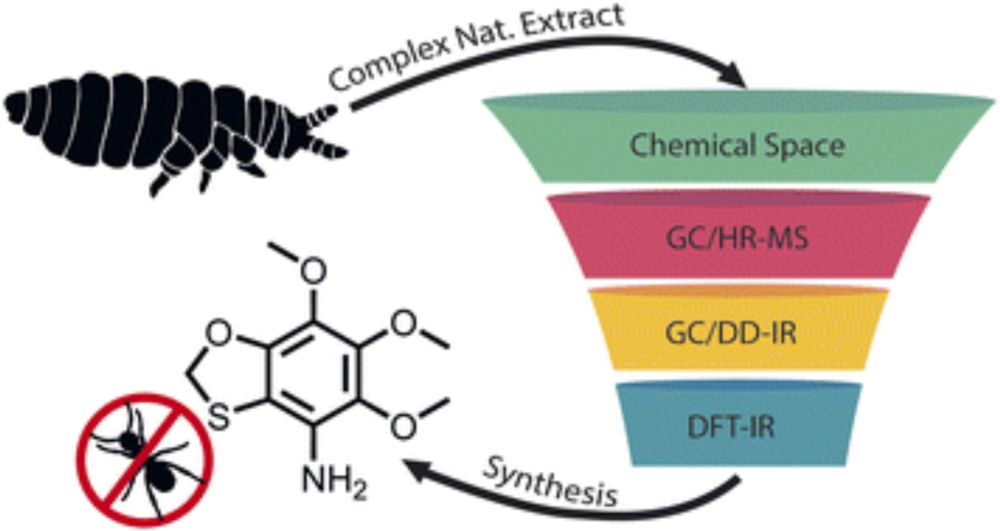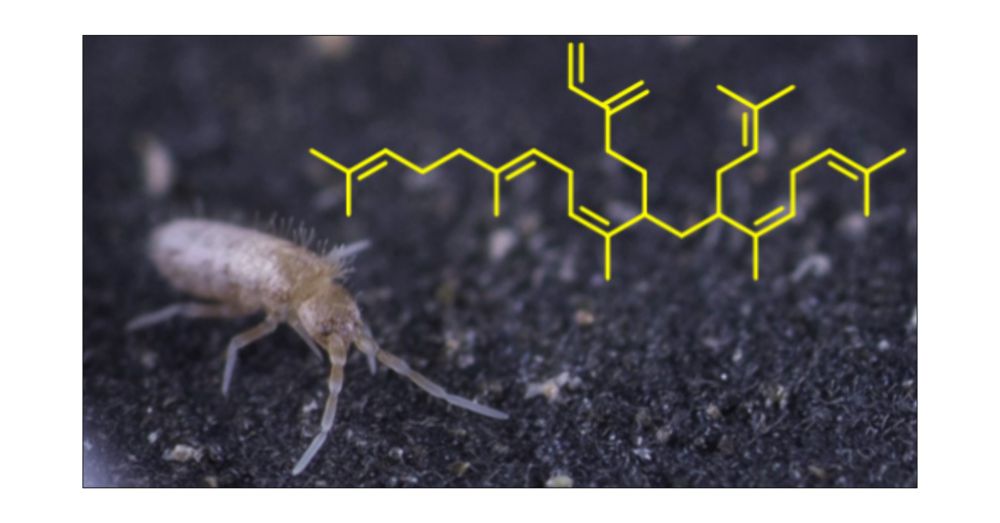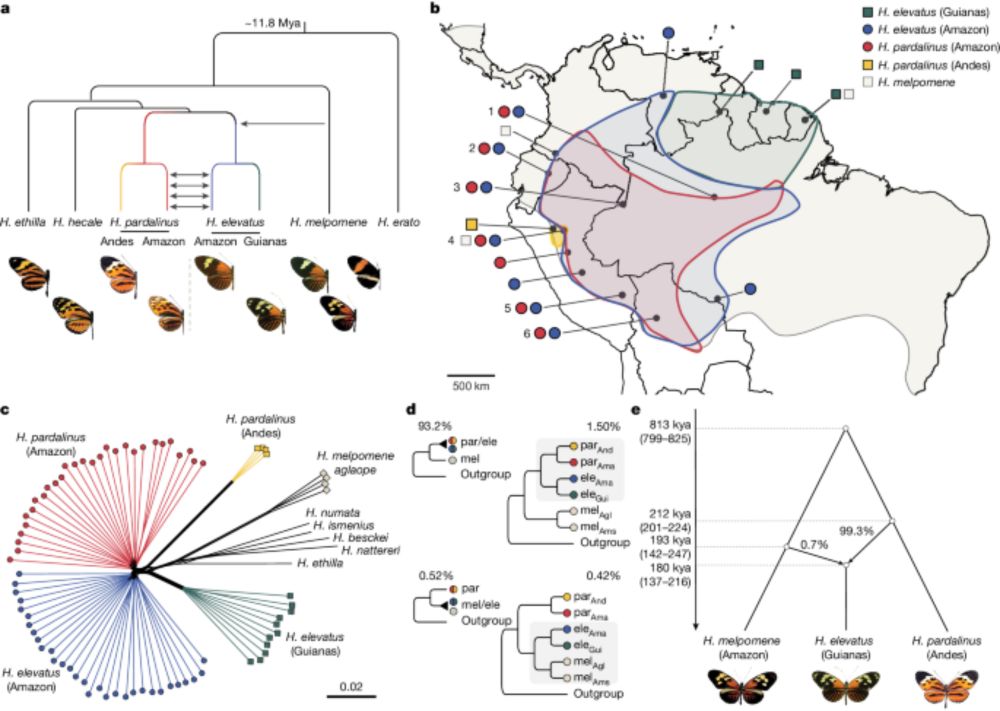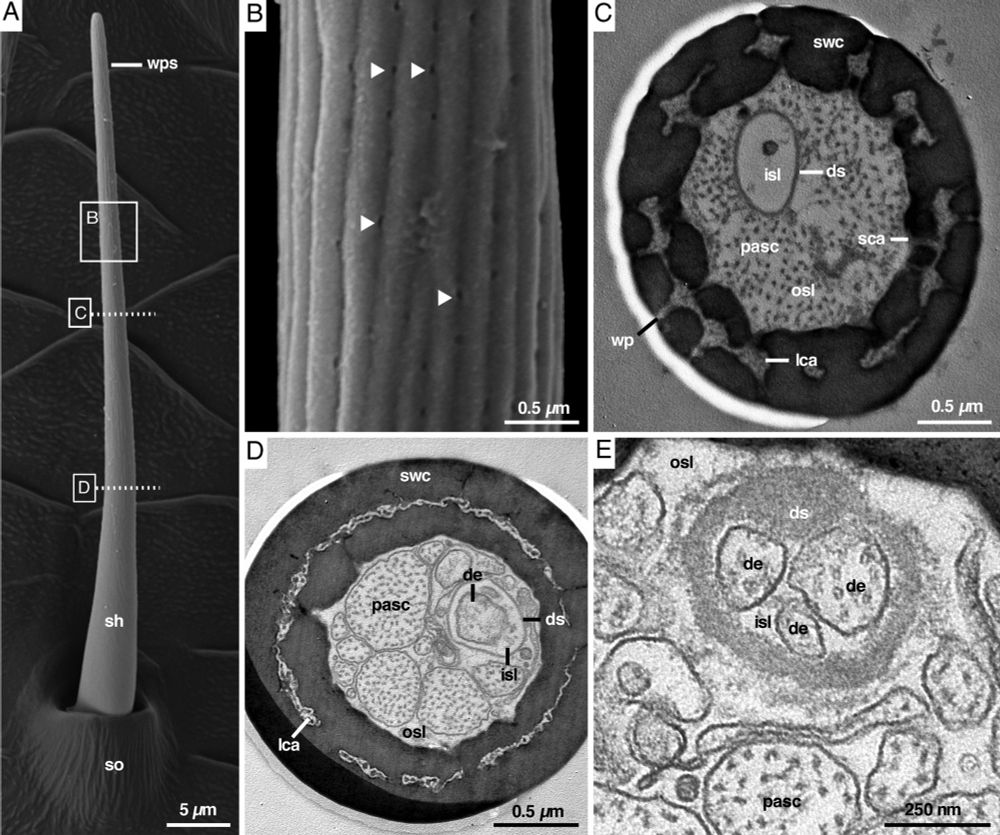Schulz Lab
@labschulz.bsky.social
880 followers
110 following
25 posts
Our research group is interested in Chemical Ecology, Natural Product Chemistry, Organic Chemistry, arthropods, e. g. spiders, butterflies, or Collembola, frogs, bacterial volatiles and communication, as well as plants. We are located in Braunschweig, D.
Posts
Media
Videos
Starter Packs
Schulz Lab
@labschulz.bsky.social
· Aug 22

Frog farnesyl pyrophosphate synthases and their role as non-canonical terpene synthases for bisabolane sesquiterpenes
Three enzymes from African frogs with close sequence homology to avian farnesyl pyrophosphate synthase (FPPS) were studied for their function. All three enzymes converted (2Z,6E)-FPP into several bisa...
doi.org
Schulz Lab
@labschulz.bsky.social
· Jul 29

Genomics of Neotropical biodiversity indicators: Two butterfly radiations with rampant chromosomal rearrangements and hybridization | PNAS
A central question in evolutionary biology is what drives the diversification of lineages.
Rapid, recent radiations are ideal systems for this ques...
doi.org
Schulz Lab
@labschulz.bsky.social
· Jul 29

Determination of Methyl Group Positions in Long-Chain Aliphatic Methyl Ethers and Alcohols by Gas Chromatography/Orbitrap Mass Spectrometry
Methylated long-chain aliphatic compounds such as terminal methyl ethers are a common compound type found on the epicuticular layer of arthropods, e.g., spiders. Because complex mixtures are encounter...
pubs.acs.org
Schulz Lab
@labschulz.bsky.social
· Apr 30
Schulz Lab
@labschulz.bsky.social
· Mar 13

Curvisetone─A Male-Specific Tricyclic nor-Diterpenoid from the Springtail Sinella curviseta
The structure determination and occurrence of curvisetone (1), a tricyclic nor-diterpenoid from the tiny Collembola Sinella curviseta, is reported. Utilizing NMR analysis and mass spectrometry, we identified curvisetone’s unique carbon skeleton and its occurrence in various sex and life stages. Curvisetone, carrying an unprecedented carbon tricyclic ring system, is an example of the distinct terpene usage of Collembola, which differentiates them from other arthropods.
pubs.acs.org
Reposted by Schulz Lab
Schulz Lab
@labschulz.bsky.social
· Sep 2

Identification of unique highly hetero-substituted benzenes as chemical weapons of springtails by a combination of trace analytical methods with DFT calculations and synthesis
Springtails (Collembola) are important members of the soil mesofauna. They are small, often less than 1–2 mm in length. A typical escape response of most surface-living species is to jump, using their...
pubs.rsc.org
Schulz Lab
@labschulz.bsky.social
· Apr 29

Nitidane: An Irregular Prenylated Diterpene from the Cuticle of the Springtail Heteromurus nitidus
Collembola are closely related to insects, but our knowledge of their often unique chemistry is limited. Here we report the identification of the epicuticular lipid nitidane, representing a novel clas...
t.co
Reposted by Schulz Lab
LABBOR
@labbor.bsky.social
· Apr 17

Hybrid speciation driven by multilocus introgression of ecological traits - Nature
Genomic studies of Heliconius butterflies provide evidence that Heliconius elevatus is a hybrid species, and that its speciation was driven by introgression of traits from Heliconius melpomene in...
www.nature.com













